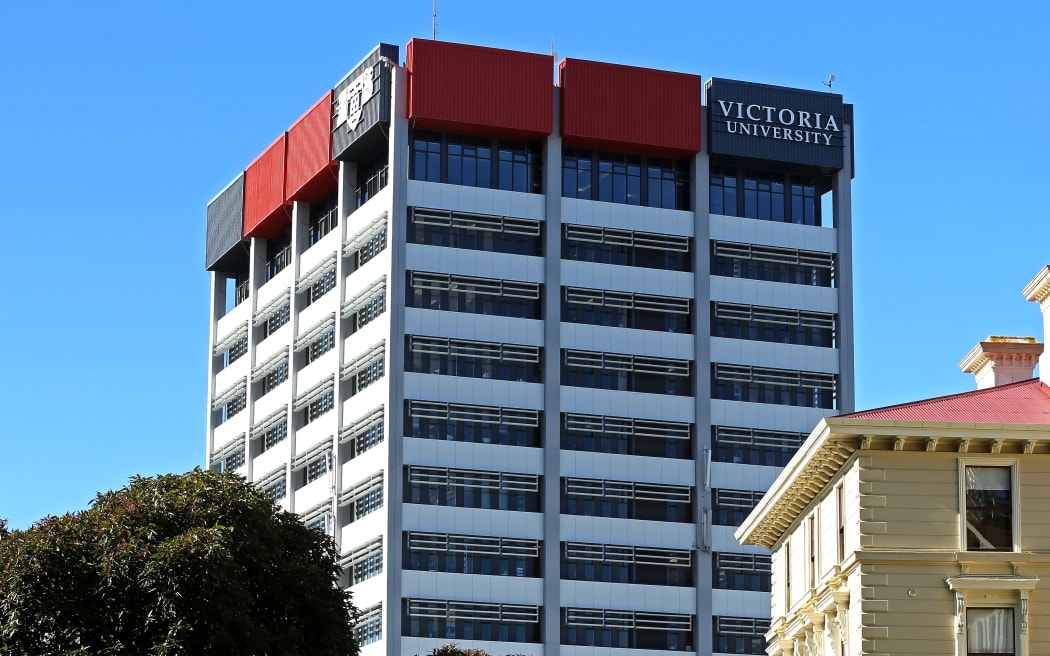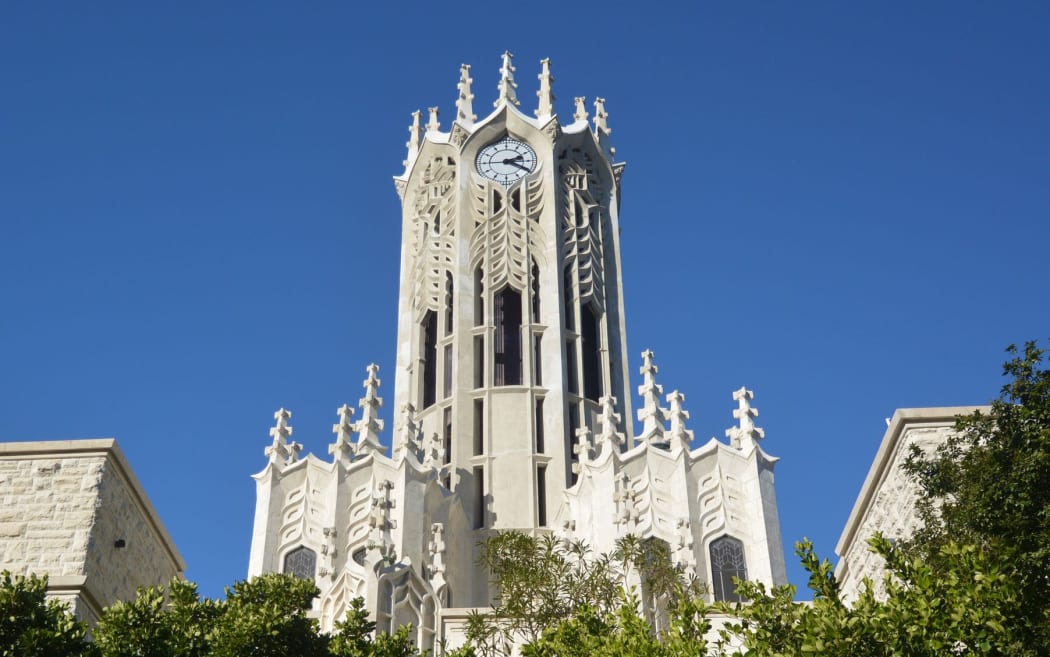An assessment used to allocate $1 billion in research funding has found Auckland University has the most world-class researchers, but Victoria University has the greatest concentration of good researchers on its staff.

Victoria University. Photo: RNZ / Alexander Robertson
The results from an evaluation of thousands of academics last year would be used to allocate 55 percent of the government's Performance Based Research Fund over the next six years.
It found 7408 full-time equivalent academics were doing research good enough to be recognised by the fund, 1000 more than last time the assessment ran six years ago.
Of that group, 1168 or 16 percent received A ratings, meaning their work was world-class, an improvement of about 2.5 percentage points on the 2012 evaluation, 2975 or 40 percent received Bs meaning their work was high quality, 29 percent Cs, and 15 percent were rated C "new and emerging" researchers.
A key figure from the evaluation are average ratings that indicate which institutions have the greatest concentration of good researchers and which universities have used in the past to claim bragging rights over their peers.
The report said Victoria University had the highest score (29.19) for the number and quality of active researchers on its teaching and research staff, followed by Otago (26.09) and Canterbury (25.92) universities.
However, Lincoln University had the highest score for active researchers compared to the number of students enrolled in courses at degree level and higher (2.14), followed by Otago (2.06), and Catholic theological institute the Good Shepherd College (2.00).
The results showed the largest university, Auckland, had 1744 FTE staff funded by the PBRF and 391 or 22 percent were classified as A grade or world-class, the highest proportion of any university.
At Victoria University 20 percent or 173 of 865 funded-researchers received As, while at the University of Otago the figure was 17 percent or 229 out of 1358 researchers.
Funding from the PBRF is allocated based on researchers' quality categories and on the field of study, with subjects like medicine and chemistry attracting more money than the humanities.

Auckland University. Photo: 123RF
The report said Auckland would receive 28 percent of the funding allocated on the basis of the quality evaluation results while Otago would receive 21 percent.
It said the biggest increase in funded quality categories were in biomedical (65 percent) and nursing (40 percent), and the results showed the subject areas with the most A researchers were engineering and technology (103), psychology (70), and biomedical (64).
The report said 43 percent of women researchers received funded quality categories, up from 39 percent in 2012.
Fourteen polytechnics, 12 private institutes, and two wānanga participated in the evaluation but Unitec was the only non-university to get more than one percent of the fund based on its results.
The evaluation of research was last run in 2012 when Victoria topped the rankings for average research strength among its staff.
The Tertiary Education Union's president, Michael Gilchrist, said the introduction of the quality evaluation in 2003 increased universities' focus on research, but after four rounds it was time to abandon the scheme.
"All that remains are the negative aspects: high compliance costs and administrative overheads; a six yearly treadmill for staff; intrusive processes; gaming of the system; and misuse of results," Mr Gilchrist said.
"The flaws are so great in this way of evaluating research quality and achievements that it's time to start afresh. Tinkering around the edges won't cut it.'
Average research quality score based on total teaching and research staff
- Victoria 29.19
- Otago 26.09
- Canterbury 25.92
- Auckland 24.94
- Waikato 21.76
- Massey 19.5
- Lincoln 17.64
- AUT 15.78
Average research quality score based on enrolments at level 7 and above
- Lincoln 2.14
- Otago 2.06
- Auckland 1.57
- Victoria 1.46
- Massey 1.42
- Canterbury 1.32
- Waikato 1.22
- AUT 0.85
Percentage of funded researchers receiving an A
- Auckland 22 percent
- Victoria 20 percent
- Canterbury 18 percent
- Otago 17 percent
- Waikato 14 percent
- Massey 13 percent
- Lincoln 12 percent
- AUT 7 percent





